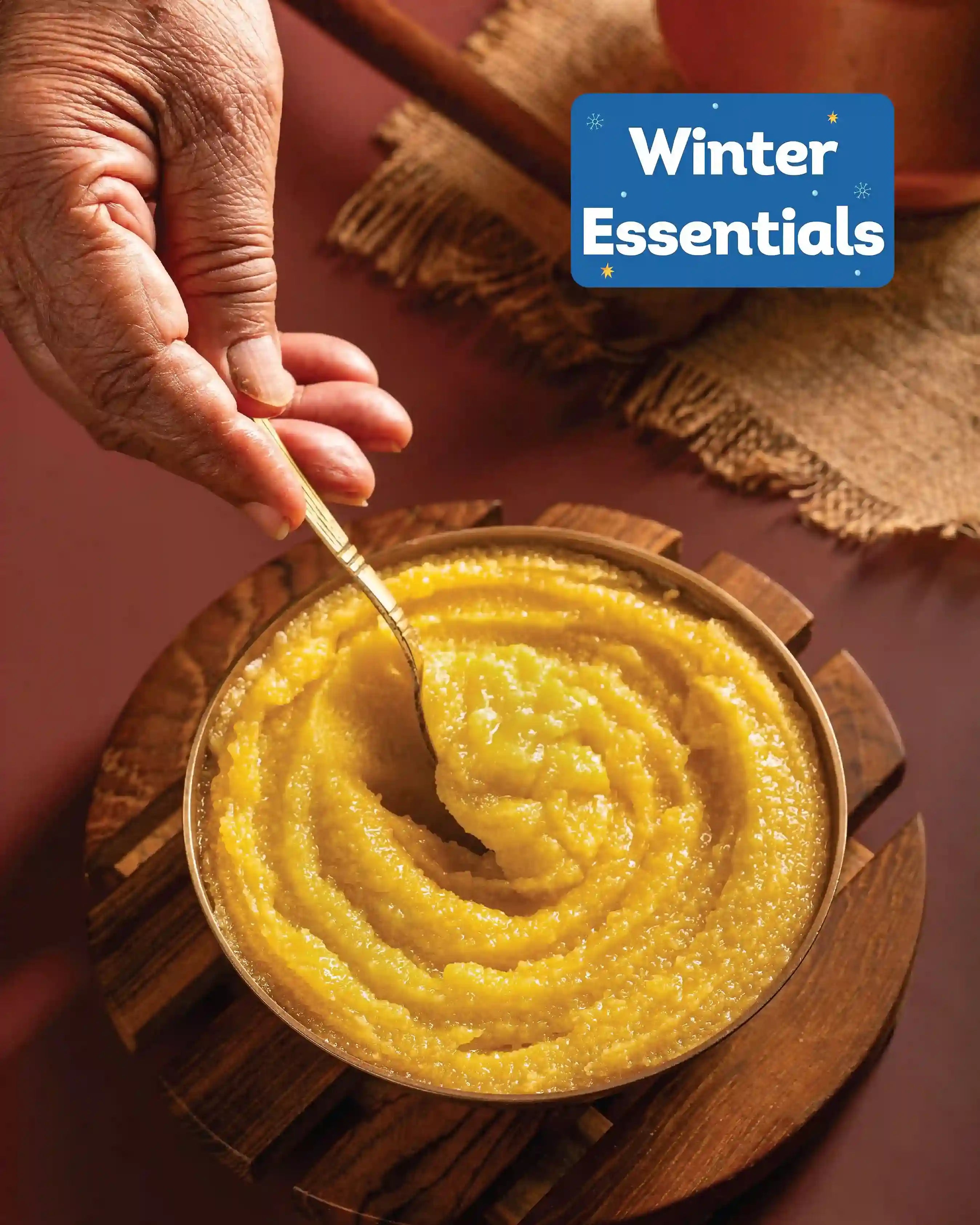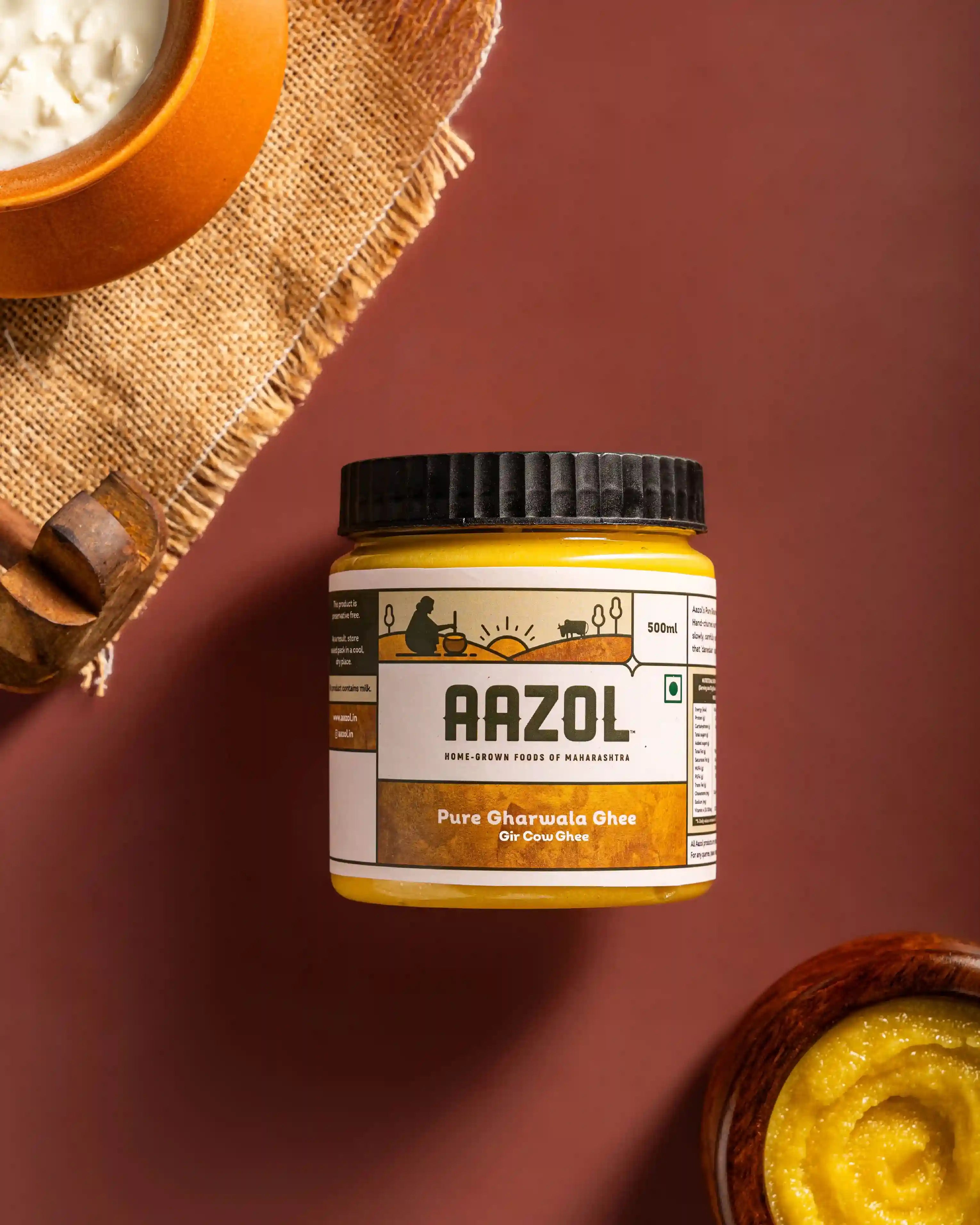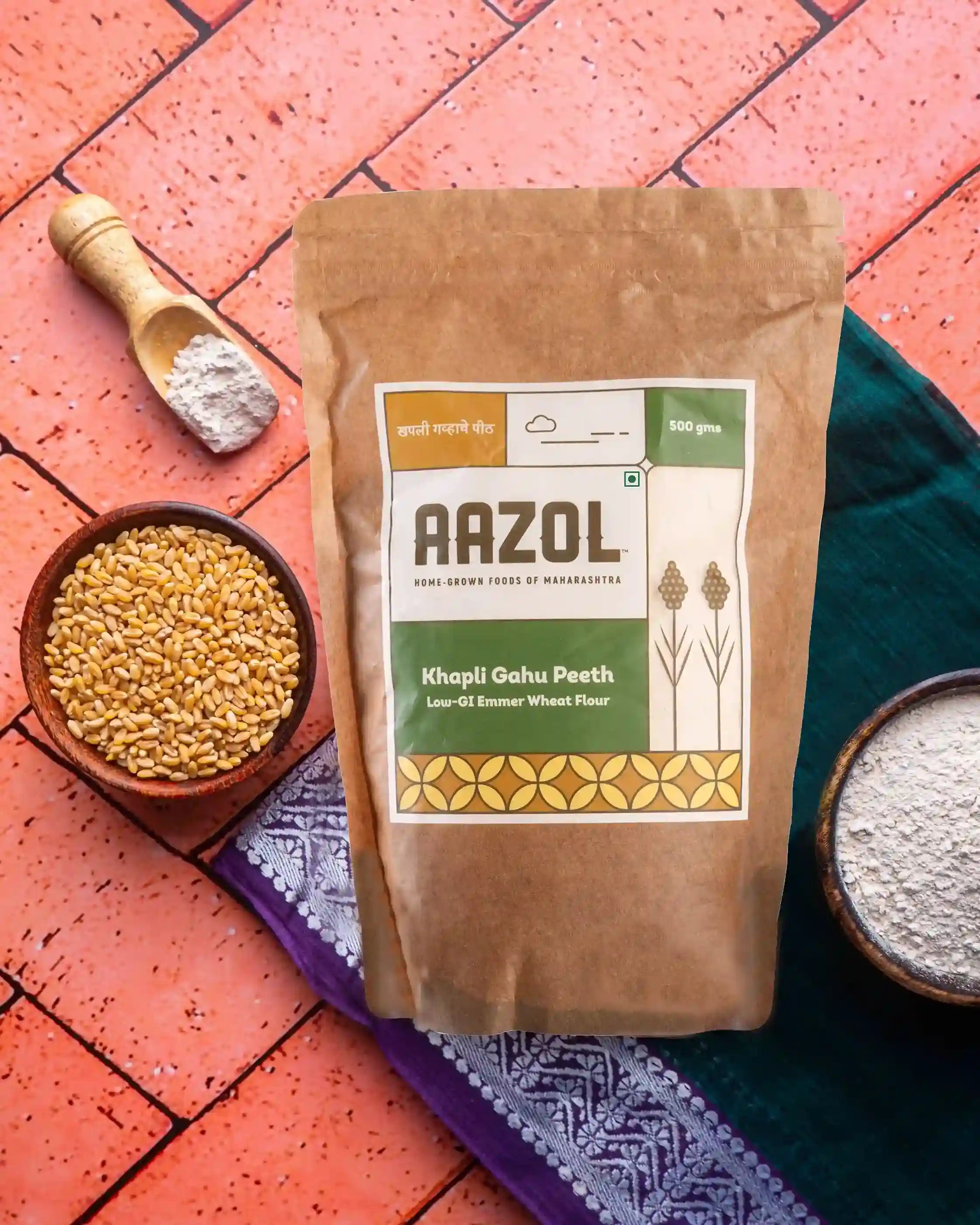“Paan khaye saiyan hamaro, saanwali suratiya honth laal laal…”
For so many of us, our first interaction with paan or betel leaf was through this song with a gorgeous Waheeda Rehman dancing in her graceful, sensuous trademark style as a wide-eyed Raj Kapoor watched her from the audience, in the movie Teesri Kasam. There was something quite decadent and very adult about the entire concept of paan eating. The leaf lovingly trimmed, the various ingredients that were added to it taken out from an opulently decorated box, and then handed over by the women in the house to the men, to be chewed at leisure, whilst maybe taking a post-prandial walk in a tree-lined, jasmine infused lane.
And it is no surprise that the entire process of paan making and eating has a whiff of decadence surrounding it, for its most shahi ingredient– the gulkand has its origins which are both royal and ancient. This sweet rose preserve comes from Persia and its name is an evocative blend of the Persian and Arabic words ‘gul’ and ‘kand’ which mean ‘rose’ and ‘candy’, respectively. Originally, gulkand or rose petal jam was prepared using the Damask rose, a variety of pink rose known for its heady, sweet fragrance, which is widely grown in Turkey, Pakistan, Iran, Bulgaria, Europe, India and Syria. Even in Europe, the Damask rose was distilled for its medicinal qualities, with its cooling properties considered to be quite effective in treating mild eye diseases, headaches and heartburn.
Today of course there are several modifications that both paan-eating and gulkand-making have undergone, not least being the universality of its consumption. From North to South and Bhadralok (gentle folk) to the common man on the street, each of us have our favourite paan and equally a favourite paan vendor too!
My favourite variety is the magai leaf which is the softest and most tender amongst all paan varieties, and because it is so light it is invariably sold as a jodi (pair) lest it melt away too soon! And of course my favourite paan vendor is my mom, in whose balcony under her expert green thumb, the magai plant grows joyously and abundantly.
We like to use Aazol’s Amla Gulkand with our paan since it is not too sweet and is also infused with the goodness of amla or the Indian gooseberry. Both the amla and the Damascus rose petals combine in a perfect flavourful mix which is ideal to satiate that sweet craving after a meal. The rose petals have anti-viral properties that help gut bacteria and cool the body, while the amla is packed with vitamins C & E, both considered immunity and metabolism boosters.
So, just finished a meal? Wanting a tasty and healthy digestive that also satisfies that sweet tooth? Look no further than the Amla Gulkand . Now getting that perfect paan leaf to go with it may be a challenge...
Author: Apurva Purohit, Co-Founder | Aazol












Comments (0)
Your comment may be featured to help others on a similar journey